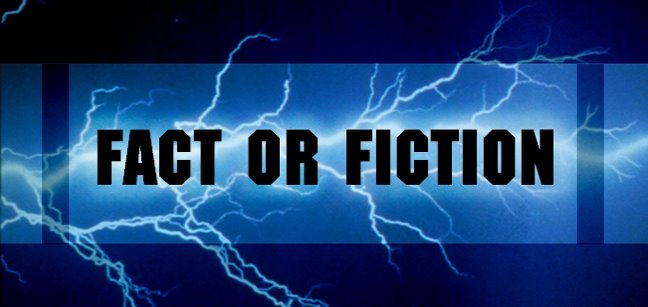
Thus, we begin to see a strong coupling of the properties of a quantum object and and the act of measuring those properties. The question of the reality of quantum properties remains unsolved. All quantum mechanical principles must reduce to Newtonian principles at the macroscopic level (there is a continuity between quantum and Newtonian mechanics).
How does the role of the observer effect the wave and particle nature of the quantum world? One test is to return to the two slit experiment and try to determine which slit the photon goes through. If the photon is a particle, then it has to go through one or the other slit. Doing this experiment results in wiping out the interference pattern. The wave nature of the light is eliminated, only the particle nature remains and particles cannot make interference patterns. Clearly the two slit experiments, for the first time in physics, indicates that there is a much deeper relationship between the observer and the phenomenon, at least at the subatomic level. This is an extreme break from the idea of an objective reality or one where the laws of Nature have a special, Platonic existence.

If the physicist looks for a particle (uses particle detectors), then a particle is found. If the physicist looks for a wave (uses a wave detector), then a wave pattern is found. A quantum entity has a dual potential nature, but its actual (observed) nature is one or the other.


1 comment:
Awesome Start Man. I made a few visual tweaks, but nothing major. Hope that's ok. I take it you've figured out some video editing eh?
Post a Comment